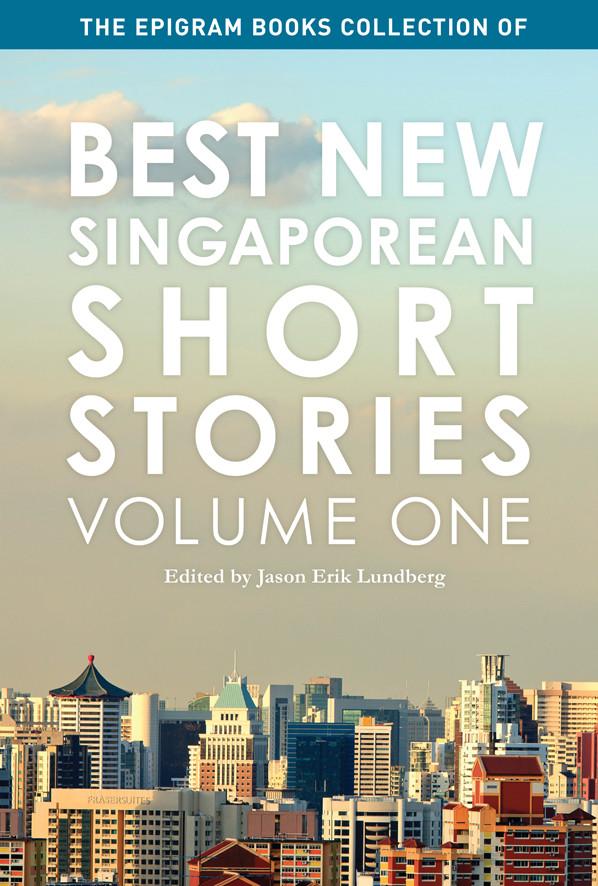‘The Protocol Wars of Laundry and Coexistence’
January 20, 2020

In her short story ‘The Protocol Wars of Laundry and Coexistence’ (2013), NUS Philosophy alumna Koh Choon Hwee narrates a conflict between three sisters who share a communal living space. In the story, one sister attempts to draft a ‘laundry’ protocol and through it, infuriates one of her siblings. In retaliation, the other sibling initiates a ‘painting’ protocol, and begins to draw scenic paintings upon the walls of her house. Basing this story upon her real family life, Koh portrays both the typical lifestyle and demographics of a Singaporean family while presenting the challenges of living in Singapore in a way that perhaps only Singaporeans can relate to. Literary works such as these, which incorporate notions of how art can seep into even our family experience, are an example of contemporary cultural heritage that SAM aims to house and to preserve.
The Protocol Wars of Laundry and Coexistence is part of a larger collection of short stories from local authors from the book Best New Singaporean Short Stories Volume One (2013, Epigram Books), edited by Jason Erik Lundberg.
Find out more about the book here.
